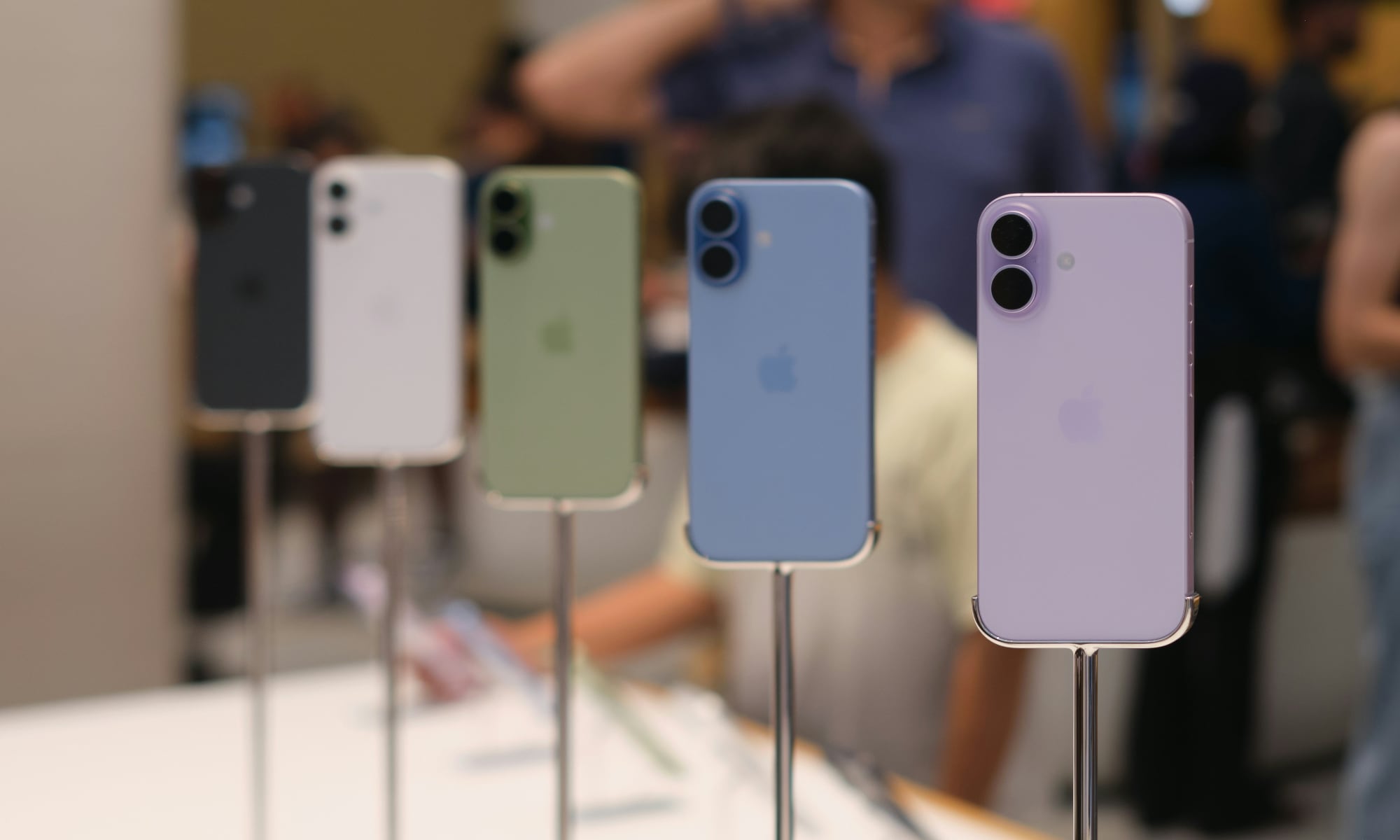The Great Inflection Point: Why 2025 Belongs to the iPhone
 Vista Wei
Vista Wei
Toggle Dark Mode
It’s been a good year for the iPhone. In addition to the wallet-friendly iPhone 16e that kicked off 2025 as a modernized update to the iPhone SE, Apple’s September iPhone 17 lineup brought some of the biggest year-over-year changes we’ve seen in recent memory.
While the new iPhone 17 Pro and iPhone 17 Pro Max featured new aluminum unibody designs that were a bit polarizing, it’s hard to argue that they were a breath of fresh air after years of the same aesthetic. Meanwhile, the iPhone 17 may have looked far less distinct from its predecessor, but it introduced a long-awaited 120 Hz ProMotion display with always-on technology. Even the iPhone Air, which reportedly hasn’t spurred a huge sales cycle, has got people talking like never before.
With all that on deck, it probably shouldn’t come as a surprise that many analysts are predicting this will be a landmark year for Apple. However, there’s a good chance it may go beyond just a surge in sales — some believe that Apple is poised to reclaim its spot as the top global smartphone maker.
A Counterpoint Research study shared by Bloomberg’s Vlad Savov suggests that Apple is about to decisively return to the top spot for the first time in more than a decade, overtaking longtime rival Samsung.
The overall smartphone market is expected to expand by 3.3% in 2025, with Apple projected to claim a share of 19.4%. It will be the first time since 2011 that the company takes the No. 1 position.
Vlad Savov, Bloomberg
The iPhone 17 models have been a global hit, but nowhere more than in Apple’s two most important markets — the US and China. Many folks who sat on the sidelines through the iPhone 15 and iPhone 16 era have been persuaded to pull the trigger on a new iPhone 17 model, which has led to double-digit sales growth.
However, Apple isn’t benefiting only in those two economic powerhouses. As US-China trade tensions cool off from the fever pitch of earlier this year and the dollar softens, more iPhones are being purchased in emerging markets than ever before.
Counterpoint predicts that iPhone shipments will grow at 10% in 2025 — twice that of Samsung, which is pegged to see only 4.6% growth.
There’s also such a perfect storm of timing here that it’s conceivable Apple may have planned for its iPhone 17 models to knock one out of the park. As Counterpoint analyst Yang Wang told Bloomberg, “the key driver behind the upgraded shipment outlook lies in the replacement cycle reaching its inflection point.”
That “inflection point” represents pent-up demand from customers who purchased smartphones during the Covid-19 era, which are now reaching the phase where they’d be ready to upgrade anyway. The 2024 iPhone 16 release was the leading edge of that wave, but the iPhone 17 release lands squarely in the middle — a release that’s compelling enough to coax people off the fence.
It’s also not just those folks who upgraded to new iPhones over the past 3–4 years. “358 million secondhand iPhones were sold between 2023 and Q2 2025,” Wang says, which makes for another untapped customer base.
There’s also no sign that Apple is slowing down. While the iPhone Air hasn’t been a hit, it’s solid proof of what Apple can accomplish, and is likely to form the basis of a foldable iPhone that’s expected to arrive next fall alongside the iPhone 18 Pro lineup. Before then, we’ll also likely see a more capable iPhone 17e to capture budget-conscious consumers. If rumors are true, Apple also has big things in store for its 2027 iPhone lineup to mark the 20th anniversary of the revolutionary smartphone.
With all those pieces in play, it’s not surprising that Counterpoint expects Apple to retain the top spot for smartphone sales until at least 2029 — and probably beyond until the market undergoes a tectonic shift that surpasses Apple’s ambitious plans.








